Climate Change and Children’s Health and Well-Being in the United States Report
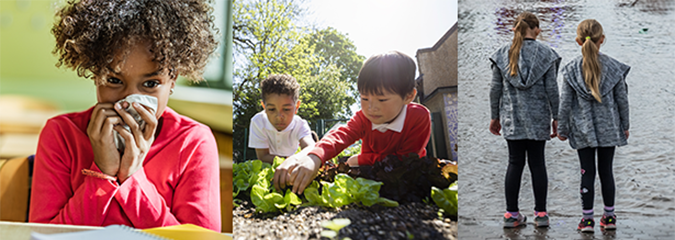
Our climate is changing, and the health and well-being of children will continue to be affected in many ways. Children are uniquely vulnerable to climate change due to a variety of physical, cognitive, behavioral, and social factors. Climate change-related impacts in childhood can have lifelong consequences due to effects on learning, physical health, chronic disease, and other complications.
This national-scale, multi-sector report quantifies projected health effects associated with extreme heat, air quality, changing seasons, flooding, and infectious diseases. Where possible, the analyses consider the extent to which these risks disproportionately fall on children from overburdened populations.
-
Report

A report on health risks to children from climate change.
-
Summaries
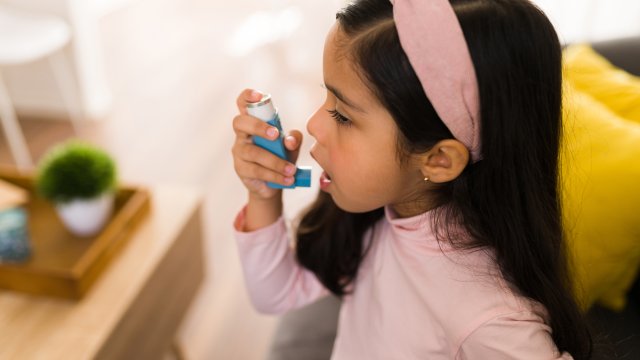
Summaries of health risks to children for clinicians and parents.
-
Appendices and Data
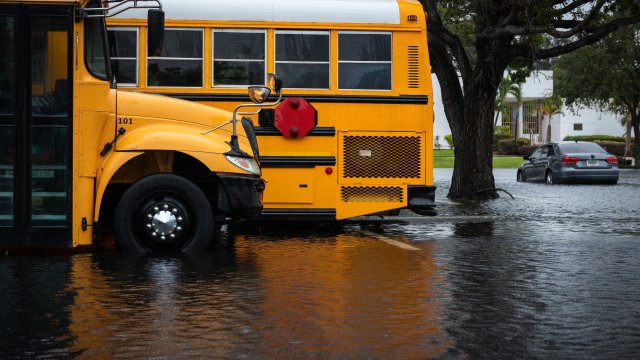
The methods and data used in the analyses.
-
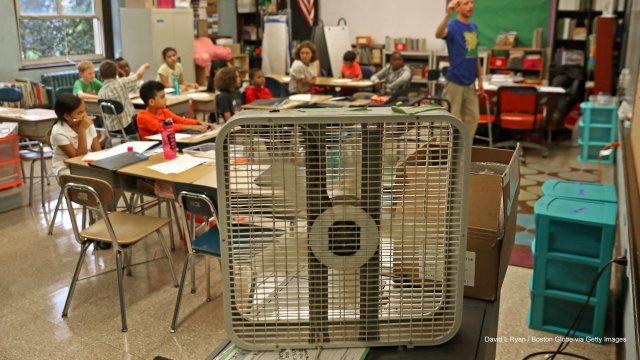
Reductions in academic achievement. Warmer temperatures influenced by climate change are associated with reductions in children’s academic achievement. These losses can affect the future income of graduating students, potentially reaching billions of dollars across each cohort.
-
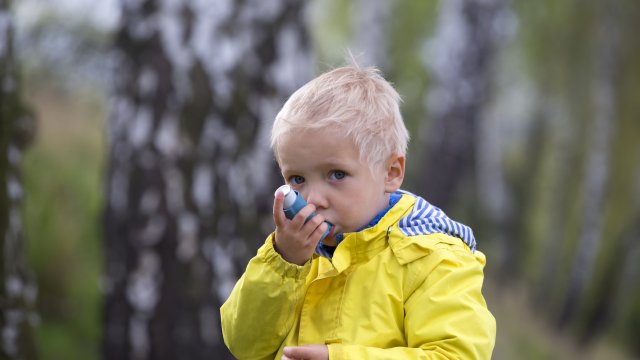
Higher rates of asthma. Climate change is expected to worsen air pollution and lengthen the pollen season, leading to increased cases of asthma and aggravated symptoms among children.
-
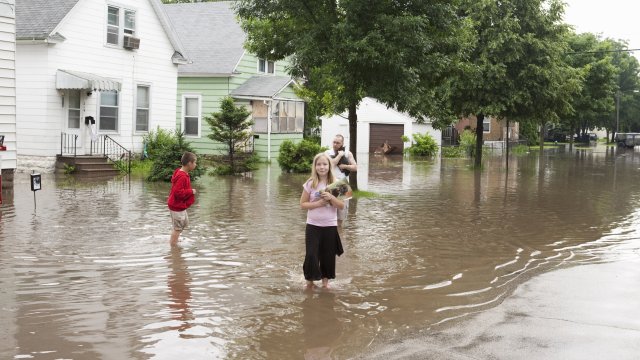
Displacement from flooding. If no adaptation measures are taken, more than one million children may experience temporary home displacement or permanent home loss from coastal flooding at even moderate levels of sea level rise.
-
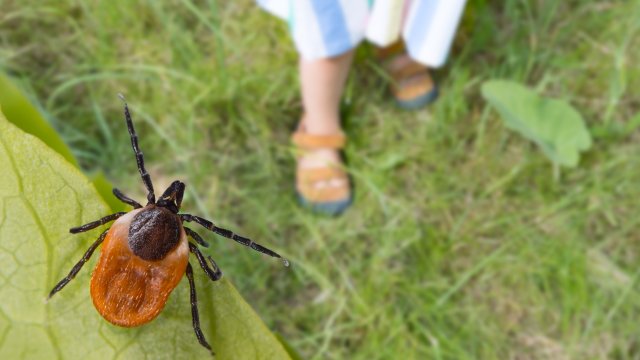
Increase in vector-borne diseases in children. Warmer temperatures and increased humidity will expand the extent and distribution of vector-borne diseases, such as Lyme disease and West Nile Virus.
